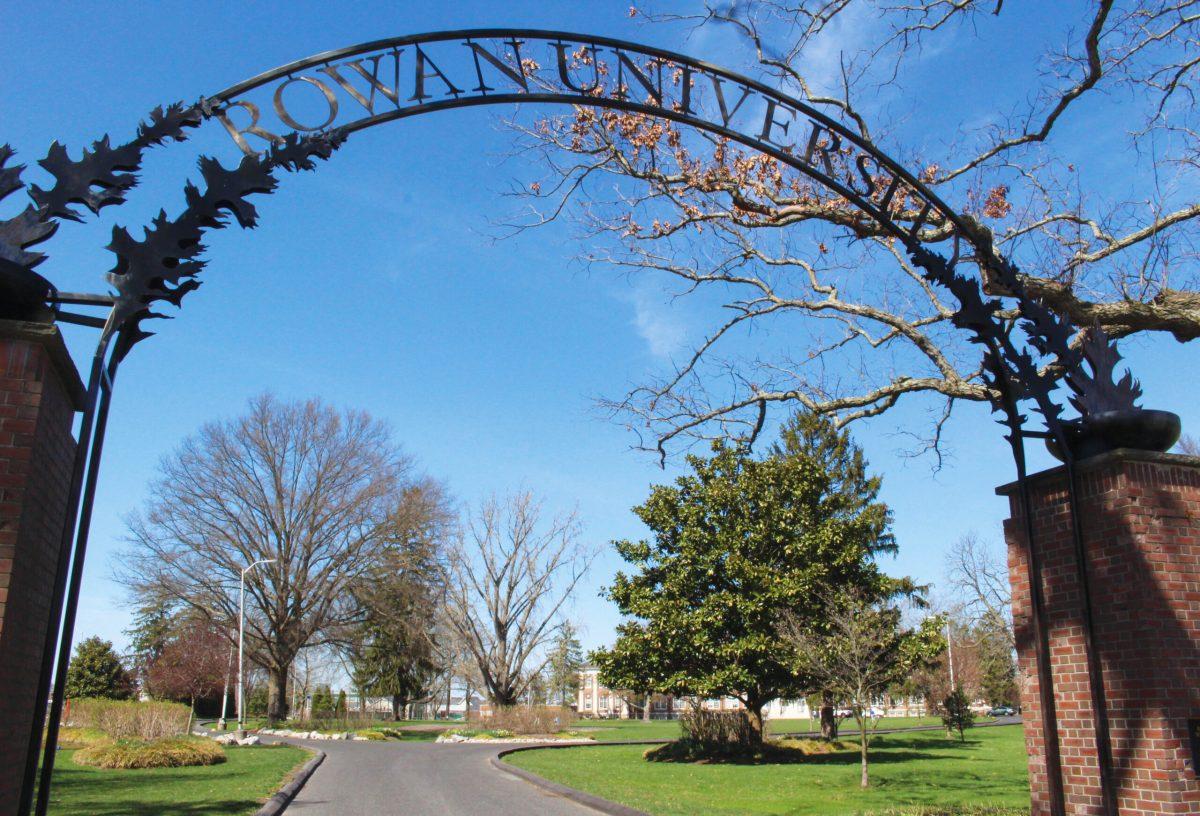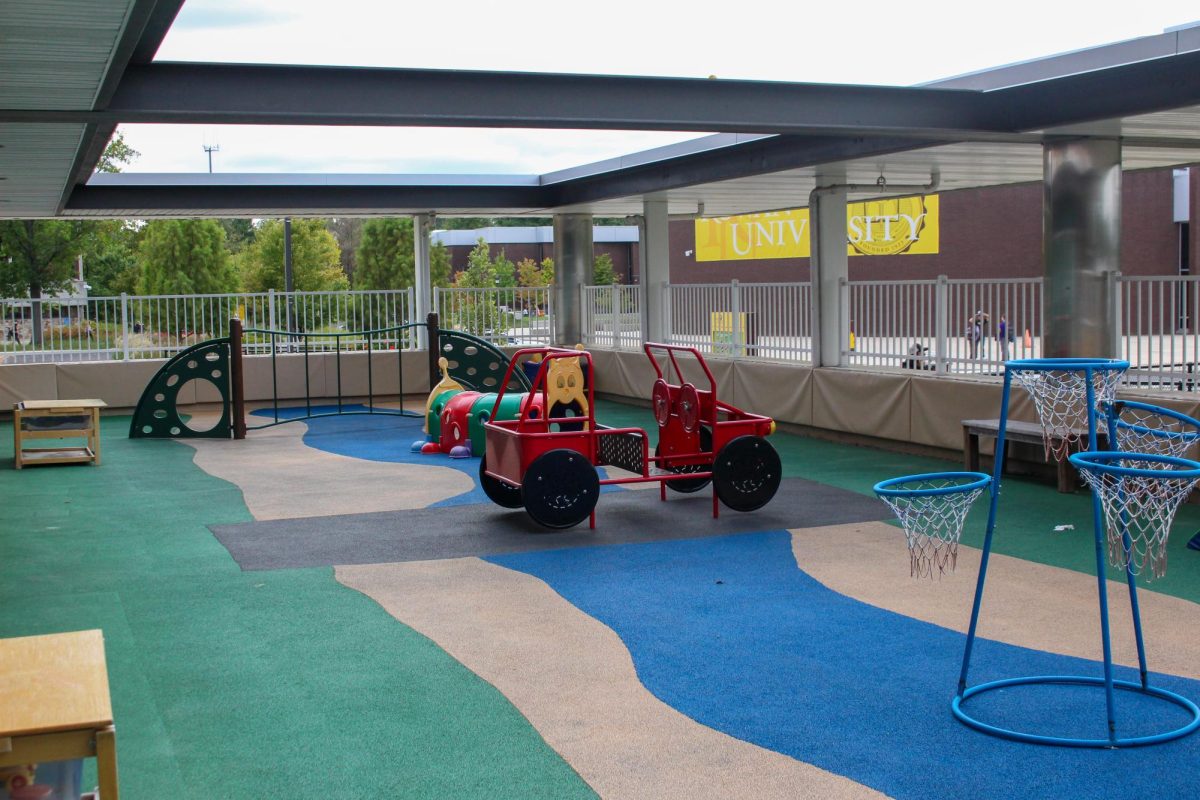Rowan University announced that it will freeze tuition and fees for the upcoming academic year, in response to the economic fallout of the COVID-19 pandemic.
A 2.25% tuition rate increase had been approved by the Board of Trustees in September 2019. However, despite financial losses and uncertainty about the future, the administration elected to keep tuition the same as last year.
“Although the University faces a loss of $33 million in revenue this year because of the fallout related to COVID-19, we will not make up any portion of the difference by further burdening our students,” according to an email from the Office of President Ali Houshmand.
Other universities in the region, including Rutgers University, have also halted planned tuition increases, as they adjust to the new economic reality facing college students and their families.
“People have lost their jobs,” said Jenn Probert, a 21-year old Public Relations and Advertising major from Rowan University. “A lot of people can’t even afford to go to school anyway. To raise it would’ve been really insensitive to the situation because we’re in a pandemic.”
COVID-19 has upended the U.S. economy and as a result, higher education. College bound students are now considering a range of options, including attending community college, staying closer to home, or even delaying for a year.
In this new landscape, how does Rowan University’s tuition compare to other four-year public colleges in New Jersey?
Rowan’s Tuition Increases Below Nation and New Jersey Average
From 2009 to 2016, the average college tuition at a four-year public college increased almost 30%. In New Jersey, in-state tuition increased by nearly 28%. Rowan University has kept its increases below both of those averages, at nearly 17%.
Rowan University has been trying to keep tuition increases as low as possible, according to Vice President for University Relations Joe Cardona.
“[Rowan President] Dr. Houshmand has committed to keeping the tuition to no higher than the expected rate of inflation,” said Cardona. The inflation rate is based on a complex formula and is usually determined for the coming year in the summer. “Sometimes we’re below it, sometimes we’re just at it, sometimes we’re just a hair above it. There are predictors out there that we base our estimates on.”
Compared with other four-year public universities in New Jersey, Rowan’s in-state tuition is in the middle.
In 2009, Rowan’s in-state tuition was the sixth lowest in the state. As of 2018, it is now the fifth lowest in the state. Rowan has kept their tuition increases hovering around 2% since 2014. In those five years, Rowan has only exceeded a 2% increase twice. In 2017, tuition increased by 2.4% and 2.05% in 2018.
HOW MUCH HAS ROWAN’S TUITION INCREASED SINCE THE LAST RECESSION?
Experts predict that the U.S. economy is headed into another recession, and as in the past, universities will be forced to respond accordingly.
From 2009 to 2018, Rowan University’s in-state tuition has increased by almost 22%. During this time period, Rowan’s tuition increased by the second smallest amount among New Jersey’s four-year public colleges, increasing by only $2,463.
New Jersey Institute of Technology experienced the greatest increase in tuition during this period, an increase of $4,478. William Paterson University’s tuition increased by the smallest amount, only raising by $2,222. During this time period, the median school increased tuition by $3,007. Six schools in the middle were separated by only $186.
Rowan’s greatest tuition increase was between 2009 and 2010 when it was raised by almost $442 or nearly 4%. In recent years, these increases have been lower.
Between 2010 and 2012, in-state tuition increased $352 on average. The following year – President Ali Houshmand’s second year as the top administrator – Rowan didn’t increase tuition. From 2014 to 2018, tuition has increased by an average of $268.25. During this time, tuition only increased by $300 once.
“Seven years ago [the tuition increase rate] was at zero,” Cardona said. “From then on, that’s when Houshmand decided and has been true to keeping [tuition] at that predicted rate of inflation.”
ROWAN ROOM AND BOARD INCREASES SINCE 2009
While Rowan’s in-state tuition has kept up with the rate of inflation, room and board have increased above it, by more than 26% over a ? year period.
Beginning in 2009, room and board cost an average of $9,958. As of 2018, it costs an average of $12,552. The greatest room and board increases over the previous year occurred in 2013 and 2017, when the price increased by 4.46% and 4.69%, respectively.
During this time period, Montclair State University increased room and board by the largest year-to-year amount from 2012 to 2013, by $2,354, nearly the amount Rowan’s room and board has increased during in the last ten years. In the same year, Kean University experienced the largest year-to-year decrease in room and board, dropping the cost by $2,000.
Still Rowan’s room and board ranks in the middle of the twelve four-year public state schools.
“We’ve been able to control costs better than other schools,” said Cardona. “Even though we’re a non-profit, we’re really a not-for-profit. Every year we make more money than our costs. There have been years when we make $9 million extra which is redirected to a long list of deferred maintenance.”
For comments/questions about this story, email [email protected] or tweet @TheWhitOnline.
























































































































































!["Working with [Dr. Lynch] is always a learning experience for me. She is a treasure,” said Thomas. - Staff Writer / Kacie Scibilia](https://thewhitonline.com/wp-content/uploads/2025/04/choir-1-1200x694.jpg)









































